As the world has warmed, that warming has triggered many other changes to the Earth’s climate. Changes in extreme weather and climate events, such as heat waves and droughts, are the primary way that most people experience climate change. Human-induced climate change has already increased the number and strength of some of these extreme events. Over the last 50 years, much of the U.S. has seen increases in prolonged periods of excessively high temperatures, heavy downpours, and in some regions, severe floods and droughts.
Heat Waves
Heat waves are periods of abnormally hot weather lasting days to weeks. The number of heat waves has been increasing in recent years. This trend has continued in 2011 and 2012, with the number of intense heat waves being almost triple the long-term average. The recent heat waves and droughts in Texas (2011) and the Midwest (2012) set records for highest monthly average temperatures. Analyses show that human-induced climate change has generally increased the probability of heat waves., And prolonged (multi-month) extreme heat has been unprecedented since the start of reliable instrumental records in 1895.
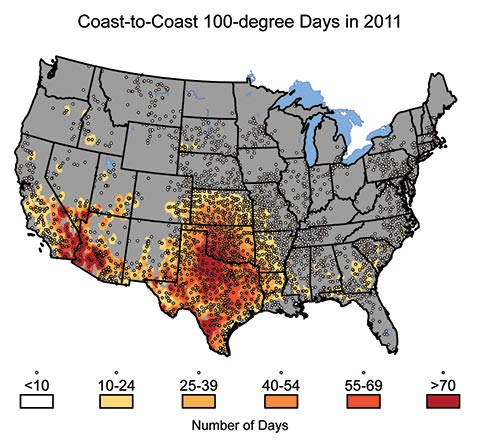
Drought
Higher temperatures lead to increased rates of evaporation, including more loss of moisture through plant leaves. Even in areas where precipitation does not decrease, these increases in surface evaporation and loss of water from plants lead to more rapid drying of soils if the effects of higher temperatures are not offset by other changes (such as reduced wind speed or increased humidity). As soil dries out, a larger proportion of the incoming heat from the sun goes into heating the soil and adjacent air rather than evaporating its moisture, resulting in hotter summers under drier climatic conditions.
An example of recent drought occurred in 2011, when many locations in Texas and Oklahoma experienced more than 100 days over 100°F. Both states set new records for the hottest summer since record keeping began in 1895. Rates of water loss, due in part to evaporation, were double the long-term average. The heat and drought depleted water resources and contributed to more than $10 billion in direct losses to agriculture alone.
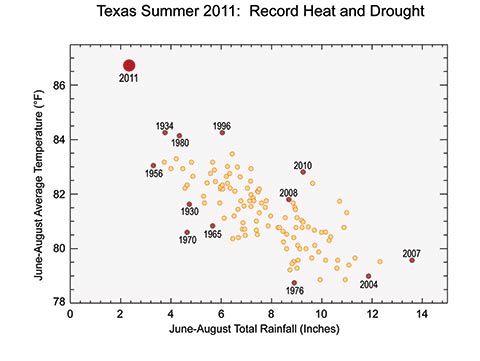
Heavy Downpours
Heavy downpours are increasing nationally, especially over the last three to five decades. The heaviest rainfall events have become heavier and more frequent, and the amount of rain falling on the heaviest rain days has also increased. Since 1991, the amount of rain falling in very heavy precipitation events has been significantly above average. This increase has been greatest in the Northeast, Midwest, and upper Great Plains – more than 30% above the 1901-1960 average. There has also been an increase in flooding events in the Midwest and Northeast, where the largest increases in heavy rain amounts have occurred.
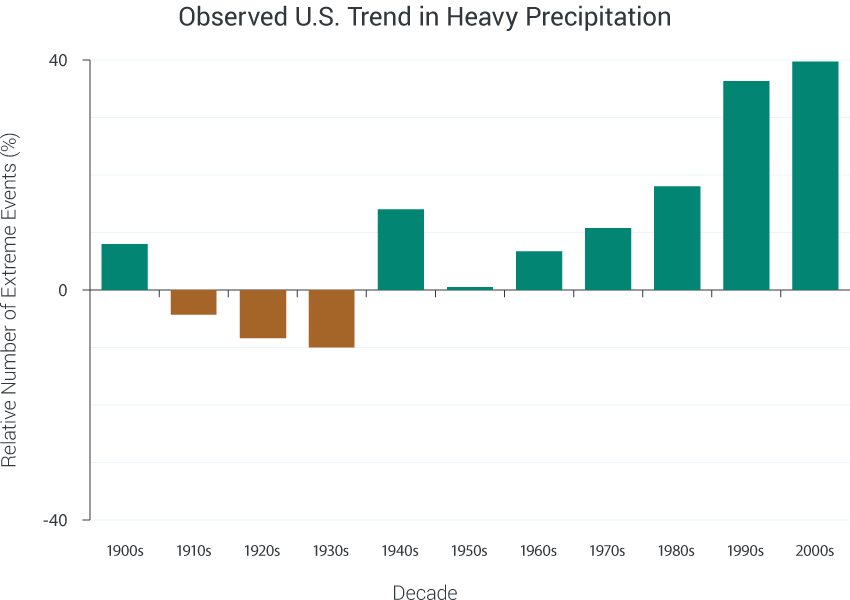
The mechanism driving these changes is well understood. Warmer air can contain more water vapor than cooler air. Global analyses show that the amount of water vapor in the atmosphere has in fact increased due to human-caused warming.,,,This extra moisture is available to storm systems, resulting in heavier rainfalls. Climate change also alters characteristics of the atmosphere that affect weather patterns and storms.
Floods
Flooding may intensify in many U.S. regions, even in areas where total precipitation is projected to decline. A flood is defined as any high flow, overflow, or inundation by water that causes or threatens damage. Floods are caused or amplified by both weather- and human-related factors. Major weather factors include heavy or prolonged precipitation, snowmelt, thunderstorms, storm surges from hurricanes, and ice or debris jams. Human factors include structural failures of dams and levees, altered drainage, and land-cover alterations (such as pavement).
Major Flood Types
All flood types are affected by climate-related factors, some more than others.
Flash floods occur in small and steep watersheds and waterways and can be caused by short-duration intense precipitation, dam or levee failure, or collapse of debris and ice jams. Most flood-related deaths in the U.S. are associated with flash floods.
Urban flooding can be caused by short-duration very heavy precipitation. Urbanization creates large areas of impervious surfaces (such as roads, pavement, parking lots, and buildings) that increased immediate runoff, and heavy downpours can exceed the capacity of storm drains and cause urban flooding.
Flash floods and urban flooding are directly linked to heavy precipitation and are expected to increase as a result of increases in heavy precipitation events.
River flooding occurs when surface water drained from a watershed into a stream or a river exceeds channel capacity, overflows the banks, and inundates adjacent low lying areas. Riverine flooding depends on precipitation as well as many other factors, such as existing soil moisture conditions and snowmelt.
Coastal flooding is predominantly caused by storm surges that accompany hurricanes and other storms that push large seawater domes toward the shore. Storm surge can cause deaths, widespread infrastructure damage, and severe beach erosion. Storm-related rainfall can also cause inland flooding and is responsible for more than half of the deaths associated with tropical storms. Climate change affects coastal flooding through sea level rise and storm surge, and increases in heavy rainfall during storms.
Increasingly, humanity is also adding to weather-related factors, as human-induced warming increases heavy downpours, causes more extensive storm surges due to sea level rise, and leads to more rapid spring snowmelt.Worldwide, from 1980 to 2009, floods caused more than 500,000 deaths and affected more than 2.8 billion people. In the United States, floods caused 4,586 deaths from 1959 to 2005 while property and crop damage averaged nearly 8 billion dollars per year (in 2011 dollars) over 1981 through 2011. The risks from future floods are significant, given expanded development in coastal areas and floodplains, unabated urbanization, land-use changes, and human-induced climate change.
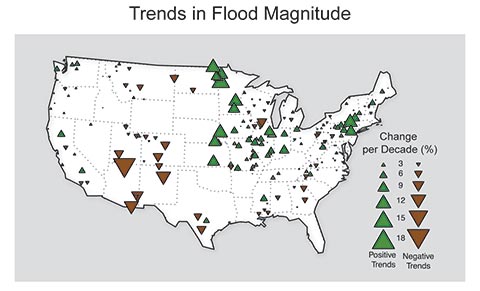
Hurricanes
There has been a substantial increase in most measures of Atlantic hurricane activity since the early 1980s, the period during which high quality satellite data are available.,,These include measures of intensity, frequency, and duration as well as the number of strongest (Category 4 and 5) storms. The recent increases in activity are linked, in part, to higher sea surface temperatures in the region that Atlantic hurricanes form in and move through. Numerous factors have been shown to influence these local sea surface temperatures, including natural variability, human-induced emissions of heat-trapping gases, and particulate pollution. Quantifying the relative contributions of natural and human-caused factors is an active focus of research.
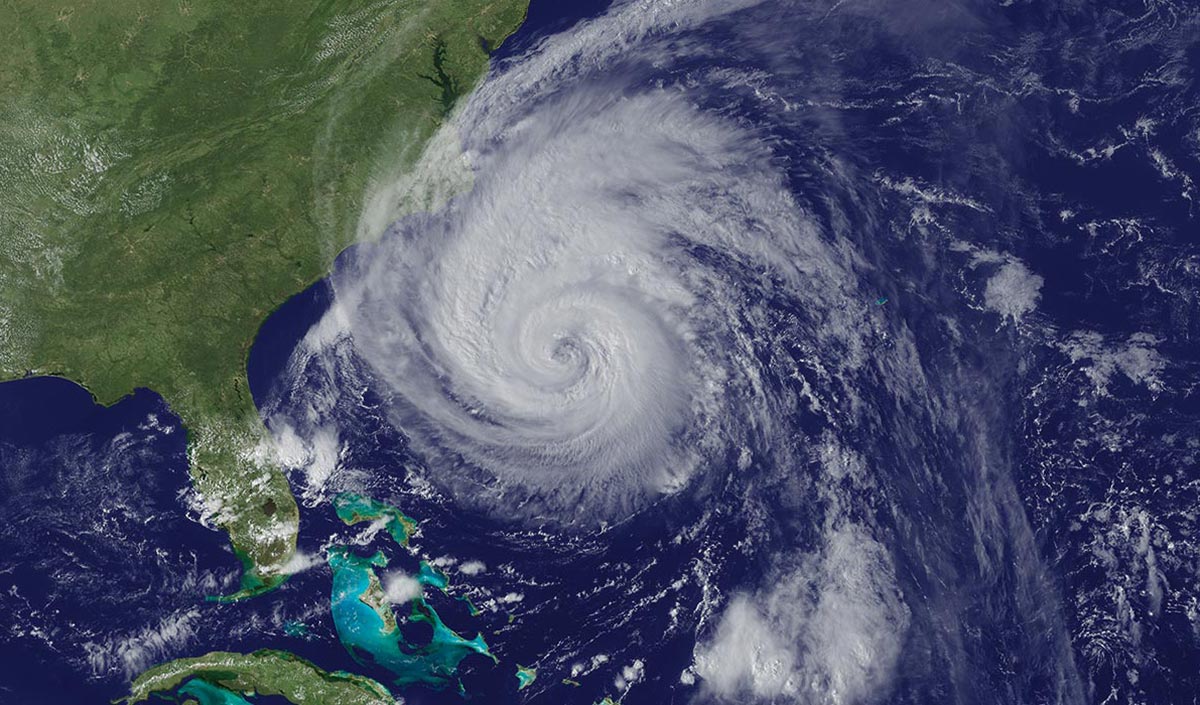
Hurricane development, however, is influenced by more than just sea surface temperature. How hurricanes develop also depends on how the local atmosphere responds to changes in local sea surface temperatures, and this atmospheric response depends critically on the cause of the change., For example, the atmosphere responds differently when local sea surface temperatures increase due to a local decrease of particulate pollution that allows more sunlight through to warm the ocean, versus when sea surface temperatures increase more uniformly around the world due to increased amounts of human-caused heat-trapping gases.,,,
By late this century, models, on average, project an increase in the number of the strongest (Category 4 and 5) hurricanes. Models also project greater rainfall rates in hurricanes in a warmer climate, with increases of about 20% averaged near the center of hurricanes.
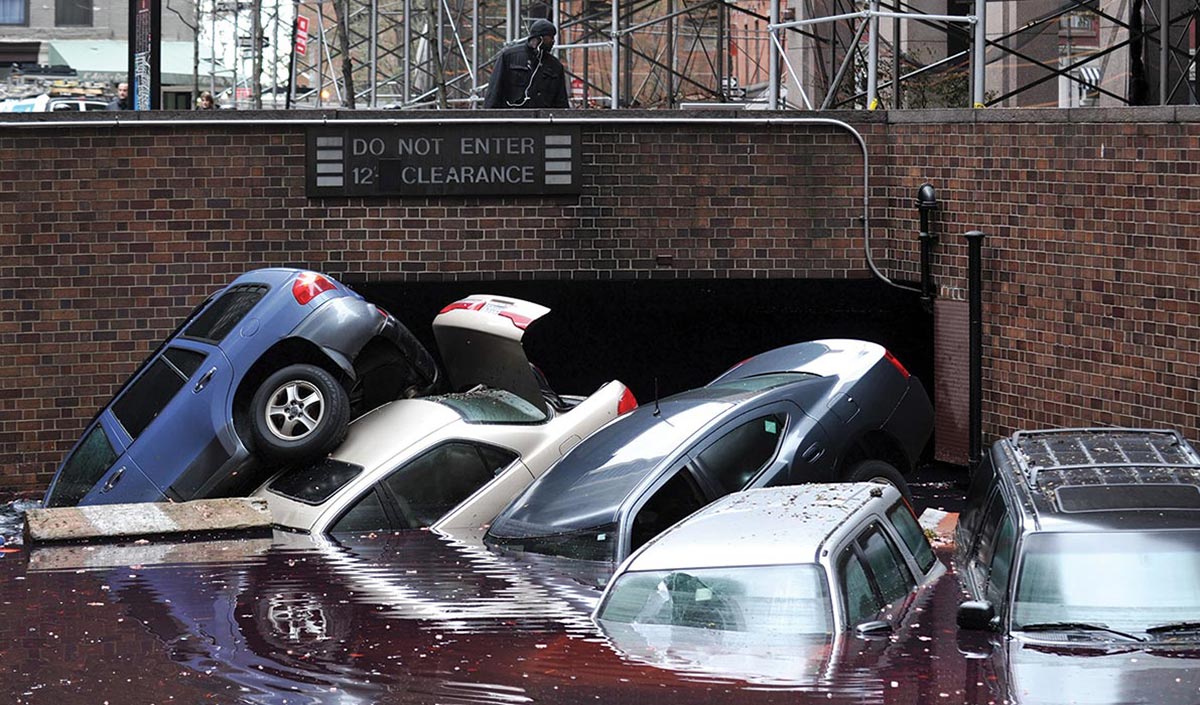
Change in Other Storms
Winter storms have increased in frequency and intensity since the 1950s, and their tracks have shifted northward over the United States., Other trends in severe storms, including the intensity and frequency of tornadoes, hail, and damaging thunderstorm winds, are uncertain and are being studied intensively. There has been a sizable upward trend in the number of storms causing large financial and other losses. However, there are societal contributions to this trend, such as increases in population and wealth.
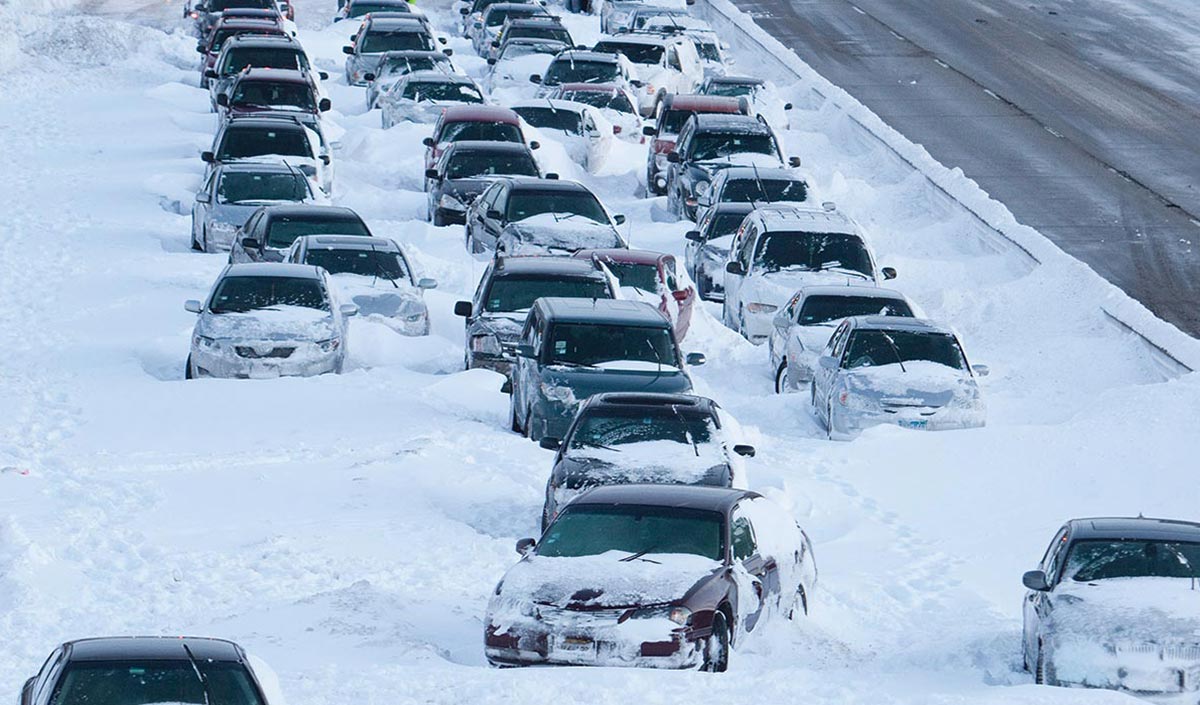
Source: Global Change . Gov